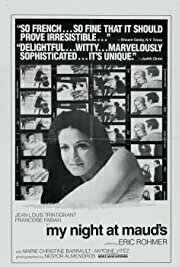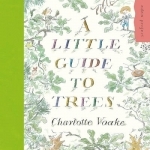
A Little Guide to Trees
Book
What sort of tree did Robin Hood's bow come from? What pine tree drops its needles in the winter and...
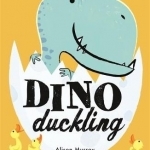
Dino Duckling
Book
A funny and touching celebration of difference, based on Hans Christian Andersen's The Ugly...

A Game of Thrones
Book
HBO's hit series A GAME OF THRONES is based on George R R Martin's internationally bestselling...

All That Man Is
Book
LONGLISTED FOR THE 2016 MAN BOOKER PRIZE. Nine men. Each of them at a different stage of life, each...
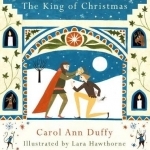
The King of Christmas
Carol Ann Duffy and Lara Hawthorne
Book
On a frosty winter evening, the Baron watches the snow fall. He is bored and worried. It will soon...
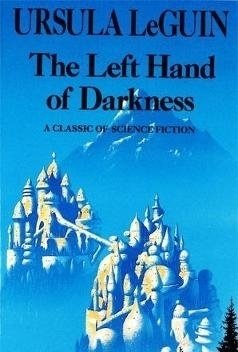
The Left Hand of Darkness: Book in the Hainish Series
Book
Winter is an Earth-like planet with two major differences: conditions are semi artic even at the...
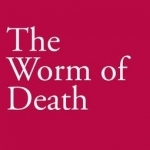
The Worm of Death
Book
A VINTAGE MURDER MYSTERY Several days after private detective and poet Nigel Strangeways dines with...
Crossing the Water
Book
Crossing the Water and Winter Trees contain the poems written during the exceptionally creative...
LeftSideCut (3776 KP) rated Bill & Ted's Excellent Adventure (1989) in Movies
Mar 24, 2021
Between it's infectiously likable leads (Alex Winter and Keanu Reeves) and absolutely ridiculous travelling-through-history plot, Excellent Adventure is one of those films that can easily be enjoyed by an audience of all age groups. It's certainly of it's time when it comes to its soundtrack and avalanche of pop culture references, but over 30 years later this proves to be one of its many charms. (Apart from the unfortunate use of a homophobic slur that wouldn't fly by today's standards)
All in all, Excellent Adventure is a wonderful whole heap of fun that's become one of my ultimate comfort films. Most bodacious indeed.


